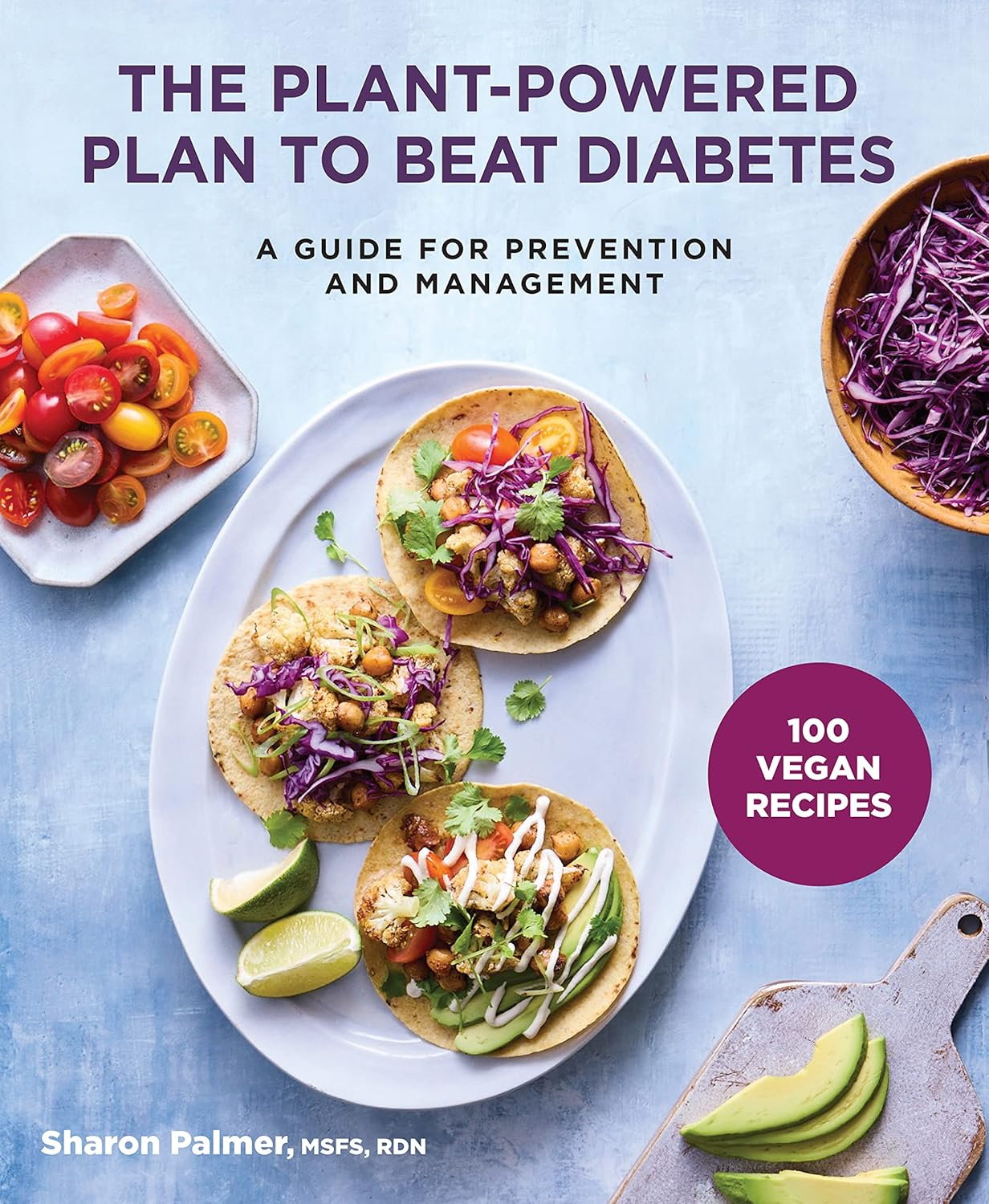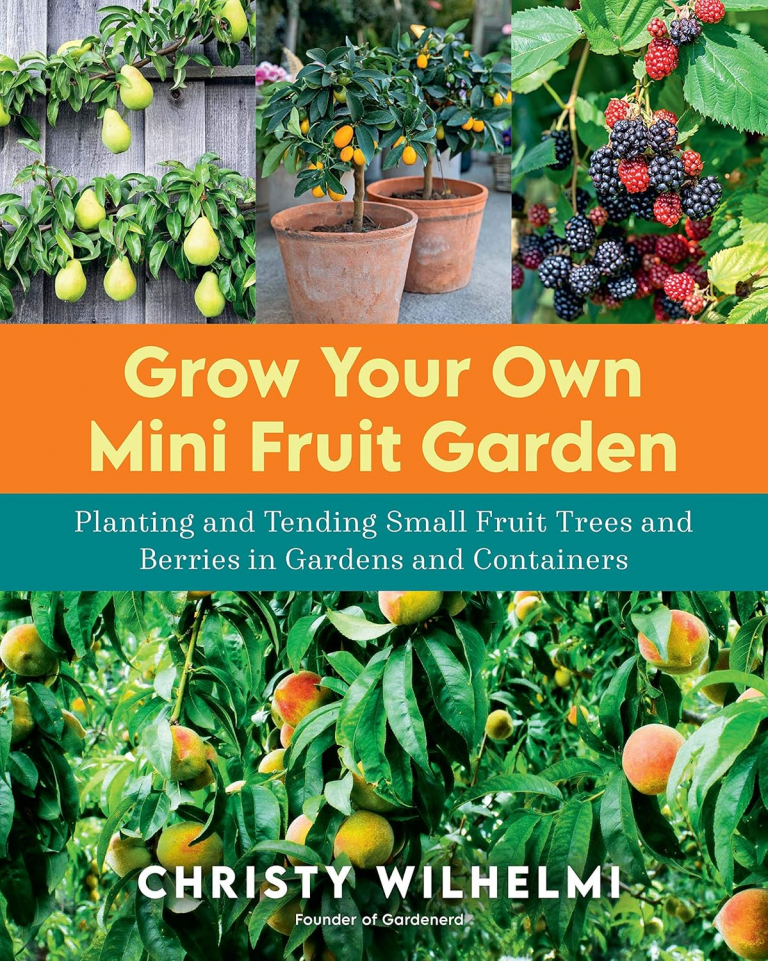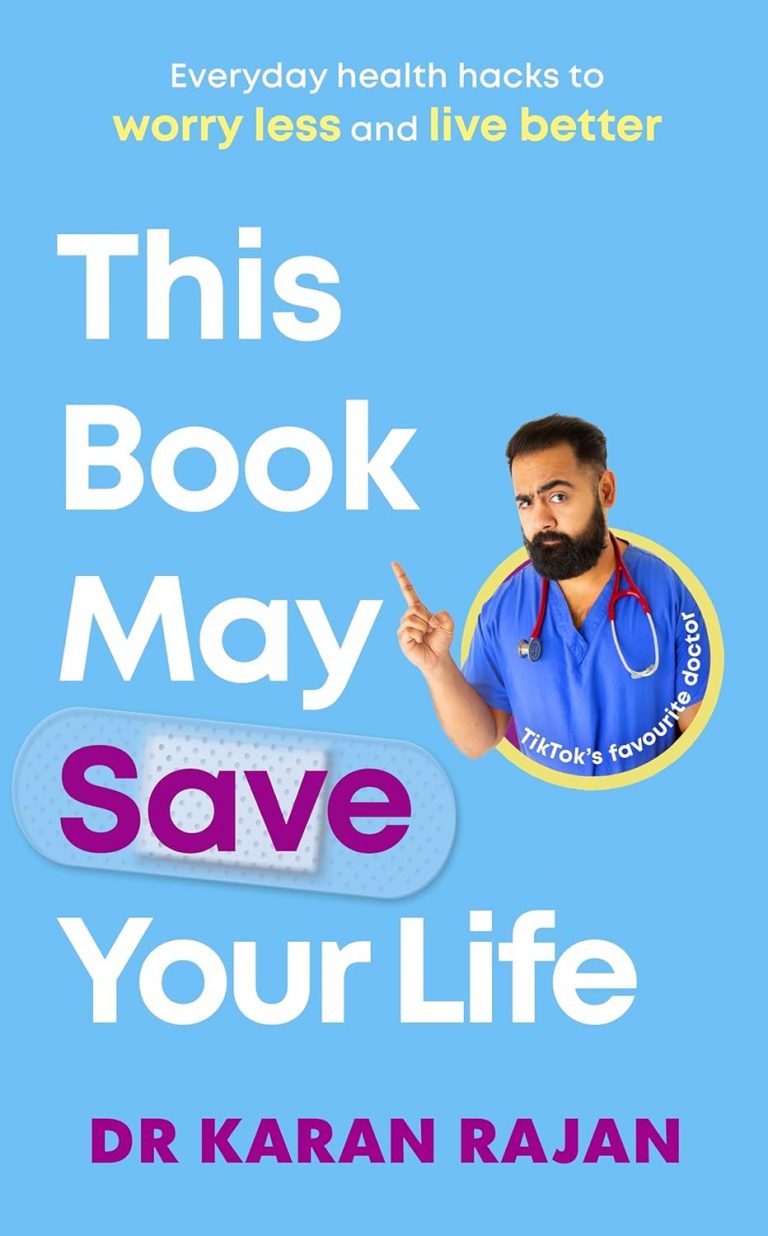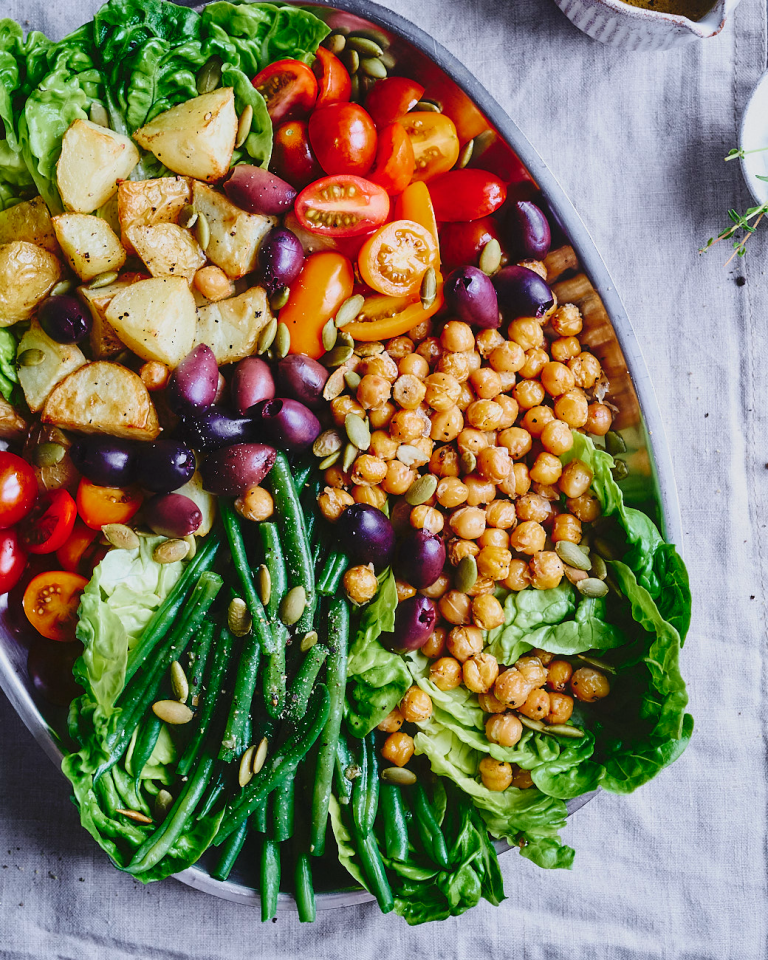
Diabetes rates in England are soaring, especially in children. The condition means that blood sugar stays too high for too long, as cells are not responding to make insulin well. This leads to weight gain and tiredness. The good news that focusing on a healthy plant lifestyle can prevent most cases.
Diabetes is a serious medical condition, so always use advice alongside your GP. Before cooking, read our post on food safety for people and pets.
This post focuses on type-2 diabetes. Type-1 diabetes needs medical help, but note that most experts say that one way to reduce risk in children is to breastfeed (and not use dairy formula for longer than necessary). That’s why all the ads now have to say ‘we recommend only using breast milk for the first six months).
Around 90 percent of diabetes cases in the UK are type-2, which means millions of people are living with the condition, and many more at risk. This is a serious condition that can affect the heart, eyes and even lead to amputations (why you should always wear shoes and get regular footcare appointments).
Early symptoms of diabetes are thirst, frequent trips to the loo, slow wound healing, blurred vision and constant fatigue. Insulin resistance can also cause darker patches of skin around the neck and armpits. If in doubt, visit your GP.
Common Risk Factors You Can Control
- High sugar intake: Sugary drinks, sweets, and refined cereals spike blood sugar. Swap for water, whole fruit, and oats.
- Ultra-processed foods: Crisps, pastries, fast food, and ready meals can be high in fat, salt, and sugar. Move toward wholegrains, beans, and fresh or frozen veg.
- Low fibre: Fibre slows sugar release. Choose wholemeal bread, brown rice, quinoa, and lentils.
- Sedentary habits: Long sitting times reduce insulin sensitivity. Stand, stretch, and walk more during the day.
- Large portions: Oversized meals lead to weight gain. Use smaller plates and focus on plants first.
- High red and processed meat: Linked with higher diabetes risk. Replace with beans, tofu, or mushrooms.
How Plant Diets Help Prevent Diabetes
A plant-based diet focuses on wholegrains, beans, lentils, fruit, vegetables, nuts, and seeds. For diabetes prevention, three features stand out.
- Fibre first: Fibre slows sugar absorption, feeds the gut microbiome, and supports fullness. That means steadier energy and fewer cravings.
- Antioxidants and polyphenols: Plant compounds calm inflammation and support blood vessels. Better blood flow helps insulin work well.
- Lower calorie density: Vegetables, beans, and wholegrains offer volume with fewer calories. You feel satisfied while eating less, which supports weight loss.
Key Nutrients in Plants That Stabilise Blood Sugar
- Fibre: Oats, barley, beans, berries, and leafy greens. Try porridge with berries at breakfast, or a barley and mushroom soup at lunch.
- Magnesium: Found in wholegrains, nuts, seeds, and spinach. Add pumpkin seeds to yoghurt, choose wholemeal pasta, or snack on a small handful of almonds.
- Polyphenols: Rich in colourful fruit and veg, tea, cocoa, and herbs. Add mixed berries to a smoothie, drink tea without sugar, and season food with spices.
Starting with Simple Meal Ideas
Here are easy, budget-friendly ideas using UK staples.
- Veggie stir-fry with tofu: Frozen stir-fry veg, tofu, garlic, soy sauce, and wholegrain noodles. Add sesame seeds.
- Hearty lentil curry: Red lentils, tinned tomatoes, onion, garlic, curry powder, spinach. Serve with brown rice.
- Chickpea salad wrap: Chickpeas, cucumber, tomato, red onion, lemon, herbs. Wrap in wholemeal tortillas with hummus.
- Oats two ways: Porridge with berries and peanut butter, or overnight oats with fortified soy milk.
- Bean chilli: Mixed beans, tinned tomatoes, peppers, spices. Serve with baked sweet potato.
PCRM’s Tips to Prevent Diabetes

PCRM president Dr Neal Barnard says that many wrongly assume that type-2 diabetes is just from eating etoo much sugar. In fact, it’s just as much from eating saturated fat (a reason why children now get it more, due to the fast food industry). Years ago, this never happened.
Research by the World Health Organisation also found that processed meats (sausages, pepperoni, ham etc) increase the risk most (regular consumption linked to around a fifth of new cases). PCRM states that just two servings of red meat weekly can increase risk.
Fresh fruits are fine for prevention (this is not the same as refined sugar), and combined with pulses (beans, peas, lentils), fresh veggies and whole grains, this is a good ‘prevent diabetes’ diet. What is not recommended is refined sugar (often hidden in yoghurts and snack bars), nor sugary sodas or energy drinks.
PCRM has been able to (safely working alongside doctor) to reduce or eliminate diabetes medicine for many people who follow their recommendations for 22 weeks.
PCRM’s plant-based prescription to prevent diabetes:
- Cut out animal products from your diet (especially red and processed meat)
- Focus on high fibre plant foods (fruits, veggies, legumes, whole grains)
- Keep overall fat low in your diet (avoid fried/oily foods)
- Minimize added sugars and sugar-sweetened beverages.
The National Diabetes Program is a series of 15 free videos to learn more. No need for calorie counting or measuring carbs, just find simple diet changes to make a difference. You’ll learn which foods to focus on and avoid, find simple meal ideas and tips for grocery shopping and eating out, and common nutrition questions.
A Sustainable Supplement for Blood Sugar

Tired afternoons, nagging cravings, and weight creeping up can share a common trigger, uneven blood sugar. When your glucose swings, your energy and focus do too. Dr Vegan GlucoBalance is a supplement designed to support healthy blood sugar, appetite control, and daily energy without harsh additives.
Check with GP before taking supplements if pregnant/nursing or on medication (especially blood sugar medication or blood thinners) or other supplements. Keep away from children and pets.
Here are the core ingredients and how they contribute:
- Cinnamon extract (Ceylon): May slow breakdown of carbs and help cells respond better to insulin, which supports steadier post-meal levels.
- Chromium picolinate: A trace mineral that helps insulin work more effectively and normalise blood glucose, especially after meals.
- Alpha lipoic acid: A potent antioxidant that supports insulin sensitivity and helps protect cells from oxidative stress
- Myo-inositol: A nutrient often used for metabolic balance and can aid insulin function
- Bitter melon extract: A traditional fruit extract used for blood sugar support. It contains compounds that mimic some insulin effects and may help the body use glucose more efficiently.
- Fenugreek seed extract: Rich in soluble fibre and amino acids, to slow carbohydrate absorption and supports appetite control, which may reduce spikes and dips.
- Apple cider vinegar powder: Often used to support glycaemic control after meals. It may temper the post-meal rise in glucose when taken with food.
- Maitake mushroom powder: A functional mushroom used to support metabolic wellbeing. It contributes polysaccharides that can assist overall balance.
For best results, pair the supplement with simple habits:
- Base your meals on protein, fibre, and healthy fats. Think tofu with roasted veg and chickpea salads.
- hoose slow carbs, such as oats, lentils, quinoa, and whole grains.
- Take a short walk after meals to help move glucose into muscles.
- Sleep 7 to 9 hours, since poor sleep can raise cravings and insulin resistance.
- Keep hydrated, because mild dehydration can feel like hunger.
Use GlucoBalance with food for the best experience. The brand recommends two capsules per day, taken with a main meal or within an hour after eating. Avoid taking it on an empty stomach, as some people may feel mild stomach upset if they do. Store the capsules in a cool, dry place, away from direct heat and moisture.






